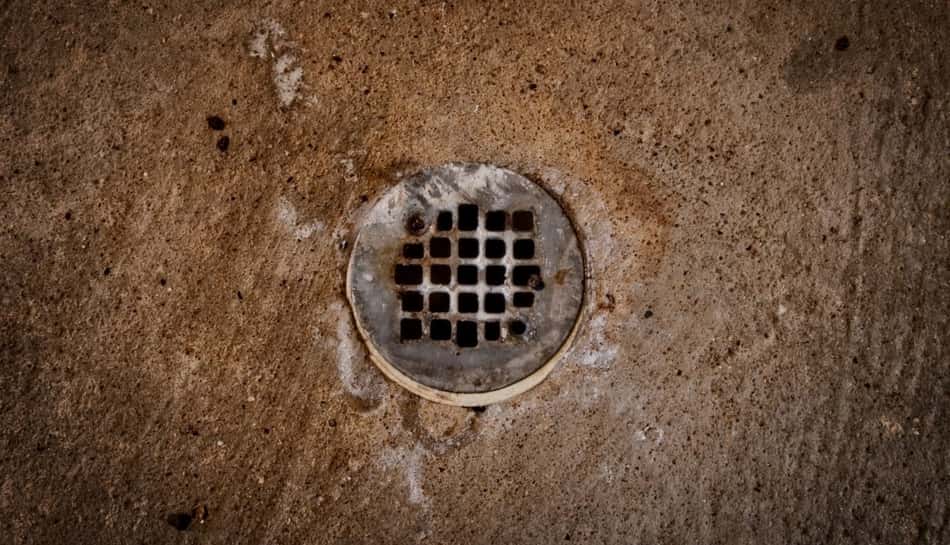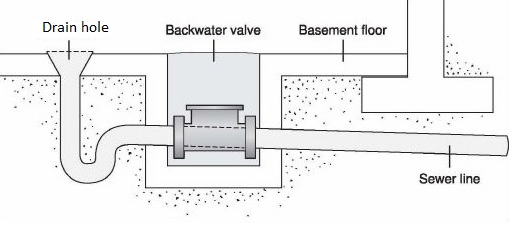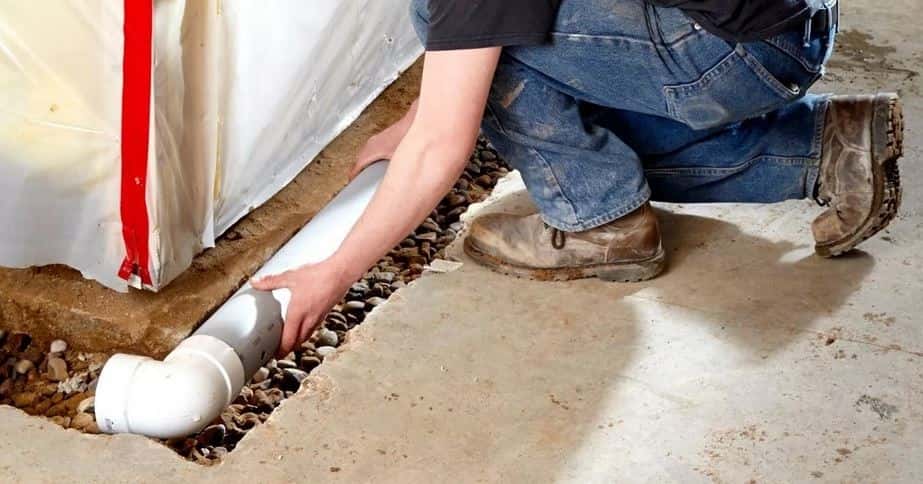What Is The Purpose of Drain Hole In Basement Floor?

For those who have a basement in their house, they have certainly noticed a strange hole that is located on the basement floor. Although many people may know that it is used to drain unwanted water from the basement, many don’t know how this drain hole is connected and how it operates. If you are one of them, don’t worry! In this article, we will cover everything about basement drain hole. So let’s start.
So What Is The Purpose of A Drain Hole In Basement Floor? The main purpose of a basement drain hole is to remove all unwanted water from your basement. A drain hole is usually located at the lowest point of a basement and it’s linked to a drain pipe that also has a plumbing trap in it to stop the sewer gas from entering the basement.
As you can see, a drain hole have a very simple role in our basement. While a lot of people are aware that it has it in its basement, in fact, quite a few people understand how it actually works. Now that we have briefly explained what it is used for, in the rest of the article, we will go through its parts in more detail and what are the benefits of having it.
Main Purpose Of A Basement Drain Hole

Each basement needs to have a drain hole by safety regulations so that water can come out from the basement in case of floods. Drain holes are most often connected to the home’s sewer system. Drain holes that are linked to the sewer system, are usually also connected with home appliances such as washing machines, laundry sinks, and others. This means that you can place some of your appliances in the basement and save space in the home where you live.
Main Parts Of The Basement Drain Hole
Although, at first, it may seem that there are not too many parts that make up the basement drain hole, you will be mistaken. When we take a look underneath the drain hole, we’ll notice only a drain cover, and that’s it. However, when we look deeper, we will find that there are also additional parts of a basement drain hole. In this chapter, we’ll cover them one by one. Let’s begin.
1. Catch Bowl
Each drainage system must have a catch bowl. Its main purpose is to catch debris and allow a smooth water flow. It is necessary to regularly inspect a catch bowl. When you notice that a lot of debris has accumulated at the bottom, remove it to avoid clogging.
2. Drain Pipe
The drain pipe is connected to the catch bowl and is used to drain water from the basement. However, sometimes dirt can get into it. If this happens, it can clog and prevent water flow. In that case, you’ll most likely need to call a professional plumber to unclog it. Lastly, these drain pipes are connected to your home’s sewer system.
3. Plumbing Trap
The plumbing trap is a very important part that every drain hole should have. Its main purpose is to stop the sewer gas from entering the room (or basement, in this case). Therefore, plumbing traps most often come in a curved shape so they can retain the water inside the curve (also known as p-traps). It is the water that blocks the entry of sewer gas into the room.
4. Construction Material
The materials that are most commonly used for basement drain holes are PVC pipes. This is because they are high quality, cheap, and easy to maintain. However, in old houses, you will find drain holes that are made of cast iron.
Where Does The Basement Drain Hole Go?

Now that we’ve explained the main parts of a drain hole that’s in your basement, it would be good to know where it can all lead. Namely, there are three ways your basement drain hole can be connected. Looking from the outside, you won’t discover much. But to get a better picture and understand how it works, we will explain all the methods to which it can be connected.
1. Home’s Sewer System
In most cases, the basement drain hole is connected to the home’s sewer system. This is primarily for several reasons. One of them is that this way you can connect household appliances such as a washing machine or laundry sink to them. Another great thing is that the bad odor that can accumulate inside the basement can also be removed. That’s why this system is usually installed in most modern homes.
2. Sump Pit Connection
Another method that can be used to connect your basement drain hole is to use a sump pit. However, you will very rarely find a drain hole that is linked to a sump pit, due to its limited capabilities. The sump pit is most often used in combination with a sump pump that serves to drain unwanted water from the basement. If you want to learn more about sump pits and sump pumps, be sure to read this article.
A pump placed inside a sump pit has a sensor that is activated when the water reaches a certain level. After that, the pump is activated and water goes through the pipes into the home’s sewer system.
3. Sewer Pit Connection
Lastly, a basement drain hole can also be connected to a sewer pit. This last option is very similar to the first one (sewer system) as it can also be used to connect household appliances such as a washing machine to your drainage system. The role of a sewer pit is to drain water that comes from laundry machines, floor drains, and home humidifiers. However, each sewer pit must have an ejector pump to do that.
For those who want to learn more, be sure to read this article: Where Do Basement Floor Drains Go.
Final Thoughts
Any of us who have a basement have certainly noticed and spotted the drain hole, usually located at the lowest part of the basement. Besides that, it must have gone through your head several times where that drain hole leads and for what it is used for. As we explained in this article, it is most often connected to the home’s drain system and how it drains unwanted water. I hope we have answered all your questions and if you have any additional questions, feel free to write in the comment below.
